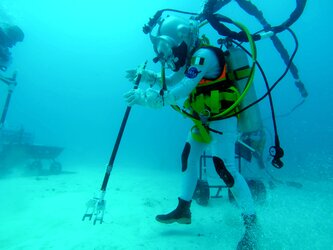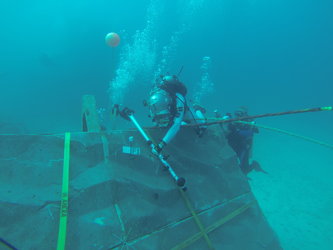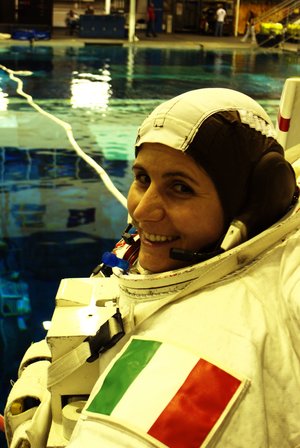Accept all cookies Accept only essential cookies See our Cookie Notice

About ESA
The European Space Agency (ESA) is Europe’s gateway to space. Its mission is to shape the development of Europe’s space capability and ensure that investment in space continues to deliver benefits to the citizens of Europe and the world.
Highlights
ESA - United space in Europe
This is ESA ESA facts Member States & Cooperating States Funding Director General Top management For Member State Delegations European vision European Space Policy ESA & EU Space Councils Responsibility & Sustainability Annual Report Calendar of meetings Corporate newsEstablishments & sites
ESA Headquarters ESA ESTEC ESA ESOC ESA ESRIN ESA EAC ESA ESAC Europe's Spaceport ESA ESEC ESA ECSAT Brussels Office Washington OfficeWorking with ESA
Business with ESA ESA Commercialisation Gateway Law at ESA Careers Cyber resilience at ESA IT at ESA Newsroom Partnerships Merchandising Licence Education Open Space Innovation Platform Integrity and Reporting Administrative Tribunal Health and SafetyMore about ESA
History ESA Historical Archives Exhibitions Publications Art & Culture ESA Merchandise Kids Diversity ESA Brand Centre ESA ChampionsLatest
Space in Member States
Find out more about space activities in our 23 Member States, and understand how ESA works together with their national agencies, institutions and organisations.
Science & Exploration
Exploring our Solar System and unlocking the secrets of the Universe
Go to topicAstronauts
Missions
Juice Euclid Webb Solar Orbiter BepiColombo Gaia ExoMars Cheops Exoplanet missions More missionsActivities
International Space Station Orion service module Gateway Concordia Caves & Pangaea BenefitsSpace Safety
Protecting life and infrastructure on Earth and in orbit
Go to topicAsteroids
Asteroids and Planetary Defence Asteroid danger explained Flyeye telescope: asteroid detection Hera mission: asteroid deflection Near-Earth Object Coordination CentreSpace junk
About space debris Space debris by the numbers Space Environment Report In space refuelling, refurbishing and removingSafety from space
Clean Space ecodesign Zero Debris Technologies Space for Earth Supporting Sustainable DevelopmentLatest
Applications
Using space to benefit citizens and meet future challenges on Earth
Go to topicObserving the Earth
Observing the Earth Future EO Copernicus Meteorology Space for our climate Satellite missionsCommercialisation
ESA Commercialisation Gateway Open Space Innovation Platform Business Incubation ESA Space SolutionsLatest
Enabling & Support
Making space accessible and developing the technologies for the future
Go to topicBuilding missions
Space Engineering and Technology Test centre Laboratories Concurrent Design Facility Preparing for the future Shaping the Future Discovery and Preparation Advanced Concepts TeamSpace transportation
Space Transportation Ariane Vega Space Rider Future space transportation Boost! Europe's Spaceport Launches from Europe's Spaceport from 2012Latest

Under the Keys
Thank you for liking
You have already liked this page, you can only like it once!
ESA astronauts Samantha Cristoforetti (top right) poses with her fellow NEEMO 23 crew outside the Aquarius underwater habitat, located roughly 10 km off the coast of Key Largo, Florida.
NASA’s Extreme Environment Mission Operations takes place more than 18 metres below the surface of the Atlantic Ocean. For nine days, astronauts, engineers, and scientists live and work underwater, testing new technologies for space.
Samantha is commander of this year’s NEEMO expedition. Since 13 June, she and her fellow ‘aquanauts’ have been living and working underwater, venturing out of their habitat each day to explore their surroundings through underwater spacewalks.
During these ‘spacewalks’, they are testing prototypes for two ESA devices that will aid in lunar sampling and expedition activities in the future. Their feedback will help refine designs for eventual use during Moon missions.
Last month, Samantha and fellow ESA astronaut Tim Peake prepared for the mission at ESA’s Neutral Buoyancy Facility, one of four immersion tanks of its kind, where they made a wet dry-run, of sorts, to refine the procedures and technology.
The NBF at ESA’s astronaut centre in Cologne, Germany, is regularly used to train astronauts for spacewalks from the International Space Station, but – by finetuning the negative buoyancy of the astronauts and the equipment they use – it can also be used to simulate the partial gravity of the Moon.
-
CREDIT
NASA–K. Shreeves -
LICENCE
ESA Standard Licence

Moon walking underwater

Testing lunar tools underwater

Andreas underwater

Samantha Cristoforetti EVA training at JSC















 Germany
Germany
 Austria
Austria
 Belgium
Belgium
 Denmark
Denmark
 Spain
Spain
 Estonia
Estonia
 Finland
Finland
 France
France
 Greece
Greece
 Hungary
Hungary
 Ireland
Ireland
 Italy
Italy
 Luxembourg
Luxembourg
 Norway
Norway
 The Netherlands
The Netherlands
 Poland
Poland
 Portugal
Portugal
 Czechia
Czechia
 Romania
Romania
 United Kingdom
United Kingdom
 Slovenia
Slovenia
 Sweden
Sweden
 Switzerland
Switzerland

























